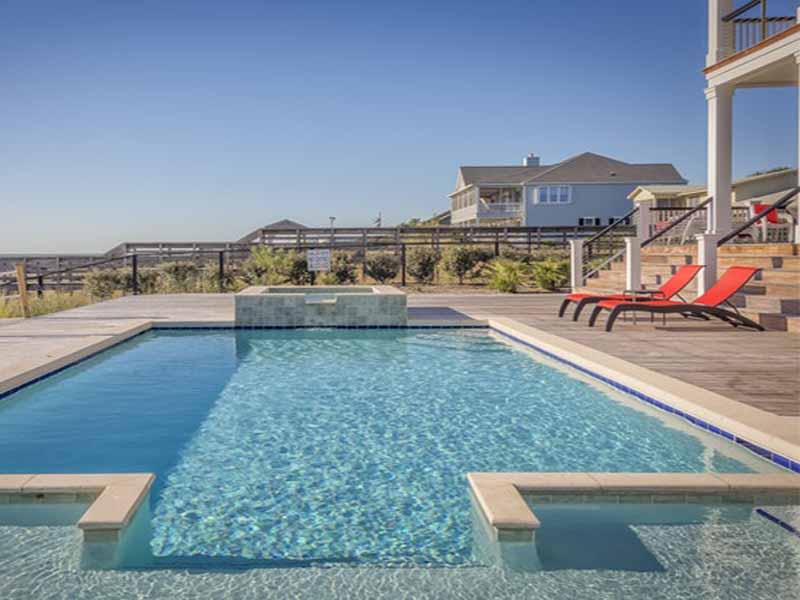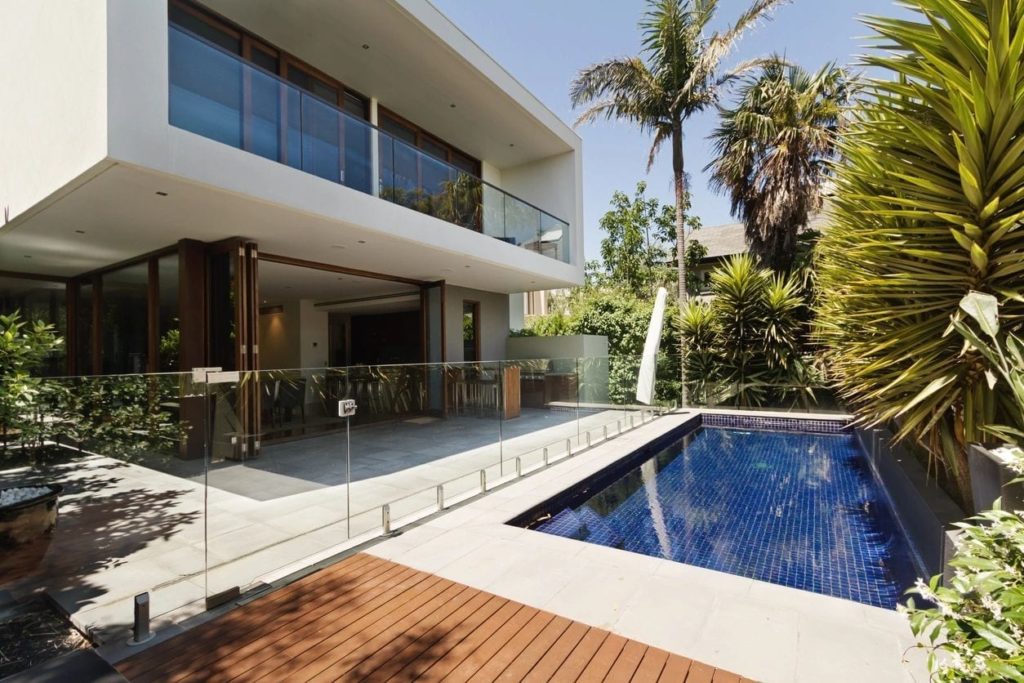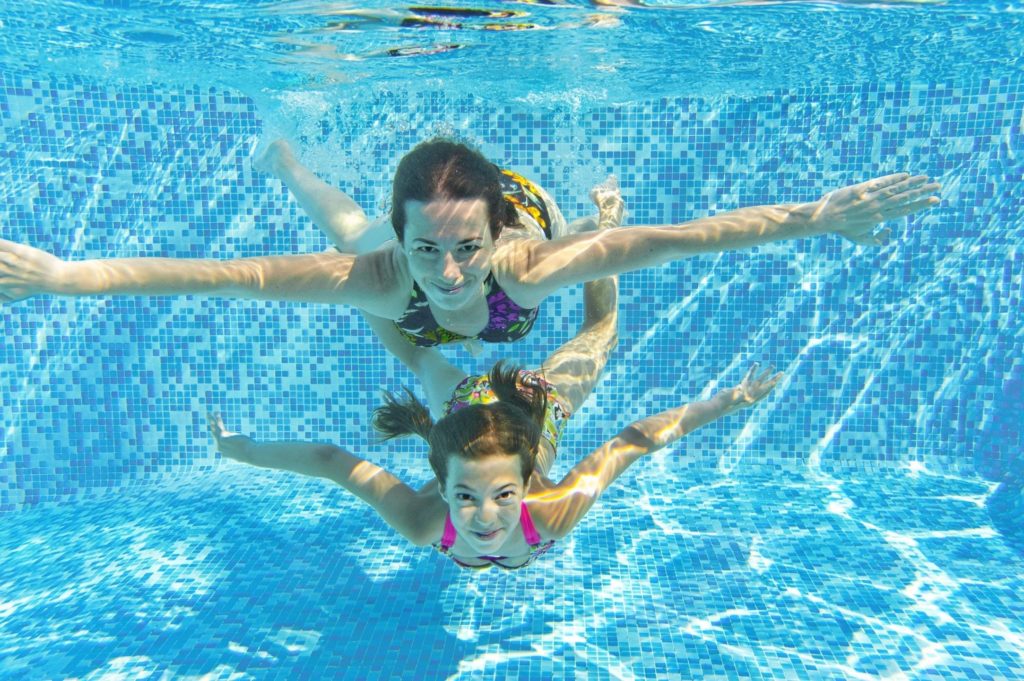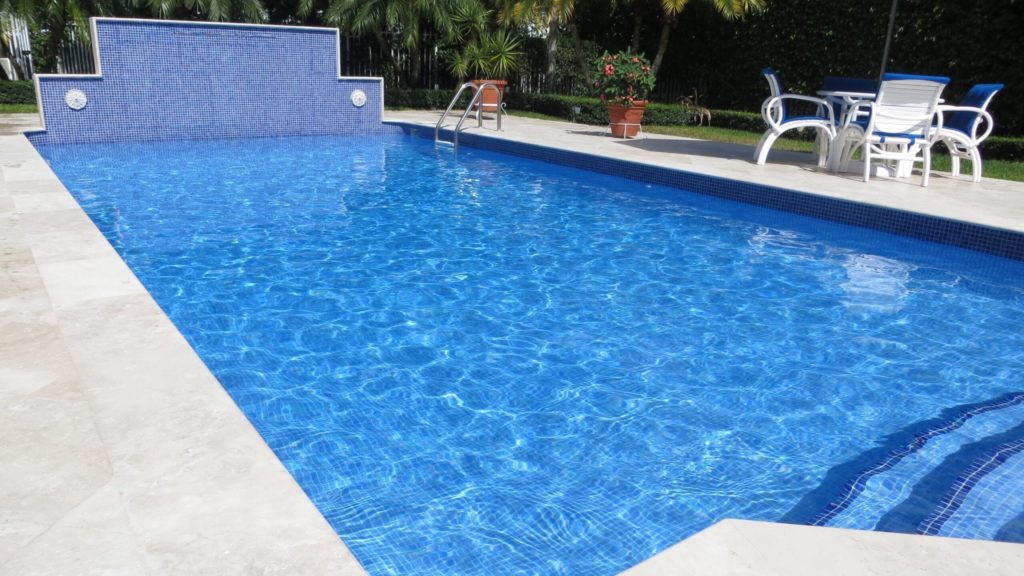By Orlando Property Management
In 2010, there were 99.4 million renters in America. In 2019, that number rose to 108.5 million. Many major cities now have more renters than homeowners, and the numbers are likely to keep growing. But the increase in the renter population has not made landlords’ lives any easier. Competition for the best tenants is as stiff as ever, and landlords have to look for ways to get an edge over their competition.
One option property owners often consider is building a swimming pool in their rental property. But although swimming pools improve a rental’s amenities, they also come with their own set of challenges. A swimming pool will radically increase a landlord’s exposure to liabilities. That’s because of the following issues:
Drowning: categorized by the government as the leading cause of death for children ages 1 to 4.
Ill health: Swimming pools can quickly become a breeding ground for diseases.
Landlord liability: swimming pools present many opportunities for landlords to get sued.
Property depreciation: a dirty pool will damage a rental more than a nice pool will promote it.
But there is one factor that separates swimming pools that are beneficial to renters from problematic ones. And that is pool maintenance. Assuming a pool is properly built, the factor determining whether the landlord reaps the benefit of this addition or not is how they maintain the swimming pool. Pool maintenance can have two parts.
- Landlord’s pool maintenance responsibilities
- Tenant’s pool maintenance responsibilities
Landlord’s responsibilities
Most of the responsibility for maintaining the pool falls on the property owner. The owner’s role involves maintaining the pool’s function, sanitation, safety, equipment, and adjoining areas. There are several tasks involved in swimming pool maintenance, but the recurring ones are:
Balancing water pH
The pool’s pH is its level of acidity or alkalinity. It is the most important chemical factor. Low pH damages swimming pool surfaces, plumbing, and pool equipment, while high pH impairs pool sanitizers’ effectiveness. Pool’s pH requires constant monitoring, and a variety of pool chemicals are needed to maintain it at the right level.
Maintaining the proper water level
Swimming pools constantly lose their water through evaporation, splashing, and other causes. Maintaining the proper water level is essential for the safety and enjoyment of swimmers. It also makes it possible to keep the pool clean.
Pool cleaning
Swimming pools use a lot of water, and changing pool water often is expensive. That is why keeping the pool clean is essential. There are three primary aspects of keeping the pool water clean: filtration, skimming, and vacuuming.
- The pool filter system circulates water in and out of the pool to remove contaminants and inhibit bacteria’s growth.
- In addition to filtering, weekly skimming of the pool’s surface removes rubbish that is too large to pass through the filtration system.
- Vacuuming helps to catch debris that was missed by the filter and skimmer.
Maintaining pool surfaces and equipment
Swimming pool surfaces consist of plaster, vinyl, fiberglass, pebble aggregates, or stones. Every surface has its strength and weaknesses, but none will last without adequate maintenance. In addition to the pool surfaces, pool equipment – pumps, cleaners, filters, heaters, and more – also need care.
Ensuring pool safety
Pool areas get very slippery when wet. Installing materials that increase traction will reduce the risk of falls. Keeping the site free of obstructions can minimize the risk of tripping. A self-closing and self-latching pool gate is essential. A fence around the pool perimeter and an alarm to alert adults when a child goes to the pool unattended are critical. Additionally, only use drains covers with anti-entrapment features.
Tenant’s responsibilities
Although some landlords will opt to share some of the above responsibilities with tenants, most times, tenant’s pool maintenance responsibilities are usually limited.
As a rule, the tenant’s responsibility begins with the tenant bearing the full risk for their use of the swimming pool. This often means landlords have to include an addendum in the lease agreement with the following clauses:
- Tenants, visitors, pets, and anyone using the swimming pool do so at their own risk.
- If there is any problem with the pool, equipment, and adjoining areas, there must be prompt notification of the landlord.
- Swimming pool users must comply at all times with the instructions and recommendations of the pool manufacturer.
- It is the tenants’ responsibility to keep the pool gate locked at all times and the pool deck free of obstacles.
These conditions must be clearly stated in the lease agreement and displayed on a signboard in a prominent swimming pool area.
Furthermore, some landlords may elect to make tenants responsible for skimming the pool, adding chlorine to the water, maintaining the water level, and checking the filter’s function. The model that a landlord chooses does not matter as long as the pool is well maintained for the enjoyment of tenants and the success of the property owner’s business.






